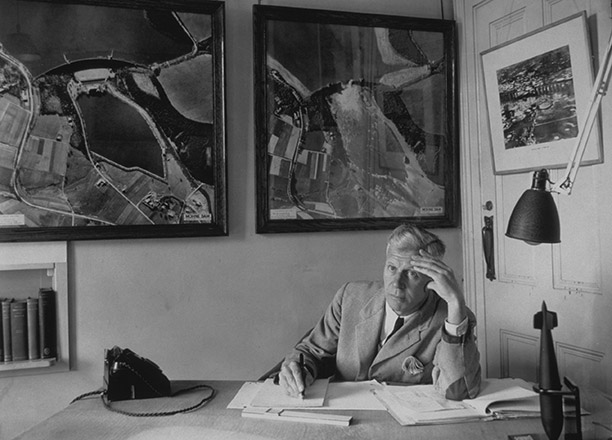The Dambusters: Barnes Wallis and Bomber Command
The Dambusters Raid is one of the best known operations of the Second World War. But, as James Holland explains, the development of the ‘bouncing bomb’ took place against a background of bitter rivalry between the armed services.
 On Thursday, February 4th, 1943 Air Marshal Sir Arthur Harris, Commander-in-Chief of Bomber Command, received a new directive, drawn up a couple of weeks earlier during the Joint Chiefs of Staffs’ Casablanca Conference. ‘Your prime objective,’ the directive instructed, ‘will be the progressive destruction and dislocation of the German military, industrial and economic system, and the undermining of the morale of the German people to a point where their capacity for armed resistance is fatally weakened.’
On Thursday, February 4th, 1943 Air Marshal Sir Arthur Harris, Commander-in-Chief of Bomber Command, received a new directive, drawn up a couple of weeks earlier during the Joint Chiefs of Staffs’ Casablanca Conference. ‘Your prime objective,’ the directive instructed, ‘will be the progressive destruction and dislocation of the German military, industrial and economic system, and the undermining of the morale of the German people to a point where their capacity for armed resistance is fatally weakened.’
As far as Harris was concerned, it was a ringing endorsement of all that he had been pressing hard for since taking over the command the previous February. It was a directive designed for the tools that he now had: increasing numbers of heavy bombers, larger bombs and improving navigational aids. That meant the area bombing of Germany’s major industrial cities could go ahead.





